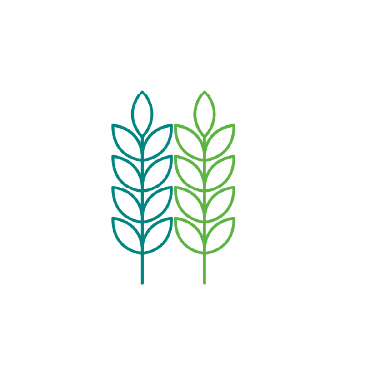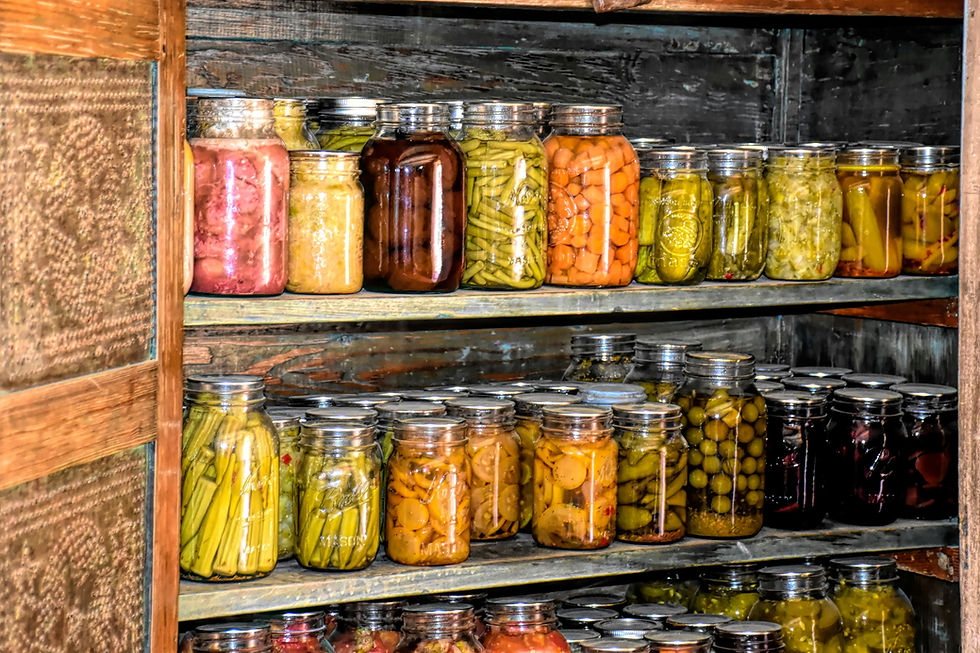Preserving Food in the XXI Century: We Can Because We Can
- Friends of Sustainable Agriculture

- Sep 18
- 4 min read
Historically, keeping food from spoilage has been a major preoccupation of humans. Be it through salting, drying or pickling, a myriad of techniques was developed with the sole purpose of surviving winters. Making stocks last throughout the colder months was a force of innovation and creativity, desperation put to the art of creating.

Today we have most crops available all year long. We can get blueberries in February, possibly imported from Peru, and kiwi fruit can travel all the way from New Zealand without spoiling thanks to the magic of refrigeration and air travel.
Of course, all these options have made us even more unaware of the difficulties faced by local farmers. We grow unaccustomed to understanding food as part of our environment, because we suddenly can have anything at any time, at the very high cost of our people’s livelihoods and high carbon emissions derived of transport and refrigeration. Not very sustainable, is it? It is no wonder that home canning is seeing a slow but steady resurgence, with people wondering how to make the best of the produce before it goes out of season.
Canning: a modern technique
This method of preservation is quite recent. In 1795, Napoleon Bonaparte offered 12,000 francs to whomever could produce a method to feed his troops in the front. It took 15 years of experimentation, but before his military campaigns were over, candymaker Nicolas Appert won the prize and produced the very first method for canning. By introducing prepared foods in glass jars, sealing them with wire and wax, and heat-treating them, Appert was able to produce safe, long-lasting foods.
The idea expanded rapidly, with many people innovating with different shapes of jars, kinds of lids and, by mid-XIX century, rubber seals that substituted wax. While the idea also took off commercially, with the invention of the tin can, it quickly became a favorite technique for homemakers. Two distinct methods exist for the application of heat: hot water bath and pressure canning. The first is the easiest, as it needs no special equipment, while the second needs a pressure canner (different from a pressure cooker, although they do look similar), which reaches much higher temperatures than that of boiling water.

Watchful eyes for safer products
Such high temperatures are necessary for all non-acidic foods to be preserved safely, particularly because of Clostridium botulinum, a very common bacterium that dies when heat is applied but whose spores survive past 212ºF.
If allowed to grow on moist, low-acid foods, at temperatures between 40ºF and 120ºF, and with little oxygen, in mere days C. botulinum spores will produce a toxin capable of a severe form of poisoning: botulism. Acid environments don’t allow the spores to survive, so acid and heat become the key combination to allow for a safe product.

Outbreaks of botulism have been widely publicized and are no doubt scary, as the toxin paralyzes those who consumed it, and can lead to death. Nevertheless, canning has been popular for two centuries, encouraged as a patriotic effort during World Wars, instructed under the Smith-Lever Act as part of home economics curricula and, since 1988, thoroughly described by the USDA in their Complete Guide to Home Canning.
A treat for the curious: where to start?
If you want to try it yourself, there are plenty of resources online, with comprehensive guides by the National Center for Home Food Preservation (you can even check food by food for specific guidelines). Acidic foods such as tart marmalades and pickles are the usual gateway to more complicated preparations, as you can seal them in a simple water bath. After you have mastered that, tomato products are the next logical step, and shortly you will be canning any type of prepared food.

Tips for beginners
Check your elevation! Water boils at different temperatures and pressure works differently depending on where you live. Find more information here.
If you are working with fruit that browns after cutting, sprinkle some lemon juice on your cutting board and your knife blade. This keeps the fruit looking fresh and colorful all the way to the jar.
Do not double the recipe to produce more of the finished product. Canning recipes are made for single batches. It means you are adding more love to each jar while making sure your finished product is successful.
Jars can get expensive. Plan ahead and look for jars at garage sales; sometimes you can find them for much less money. Make sure the rings are rust free and get new seals, because those should only be used once. Rings and seals can be bought as sets for much less money than new jars. Seals are also sold alone.

The ideal time is now! Take advantage of the calmer days at the end of summer and preserve your favorite foods to enjoy in a few months. You will have fun and reflect on all your ancestors did to lead a normal life with a nutritious diet.




Comments